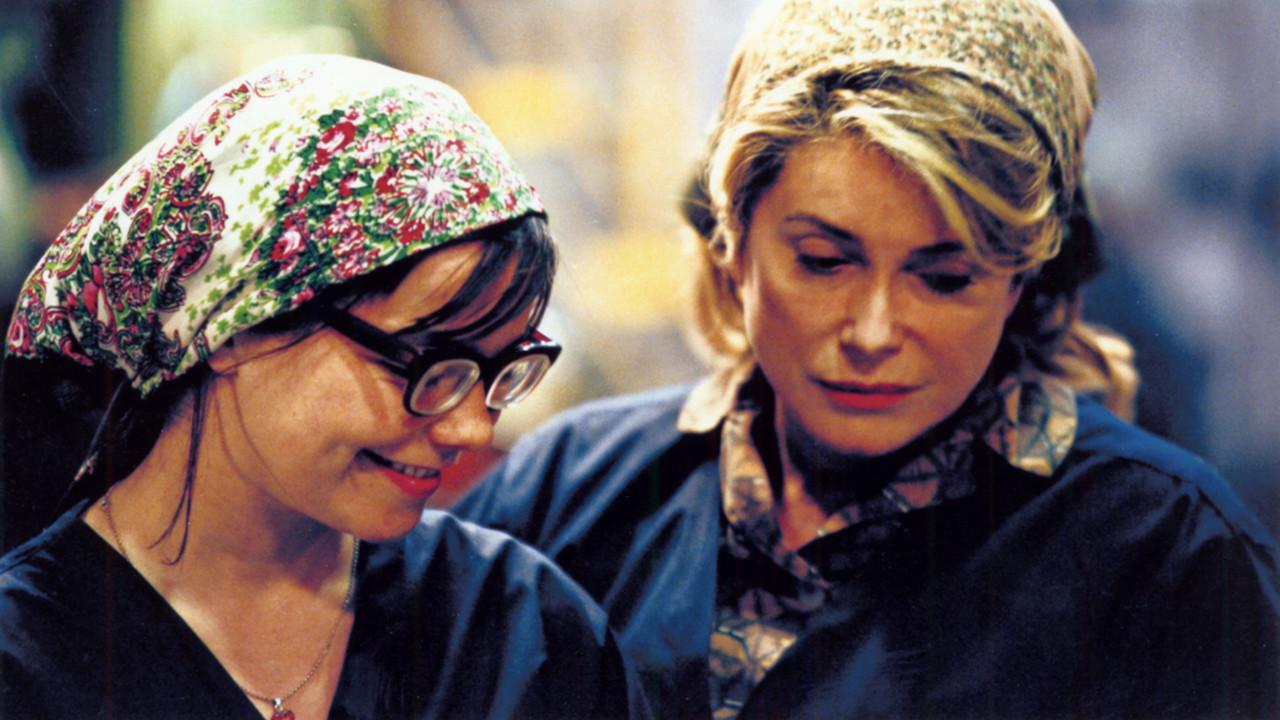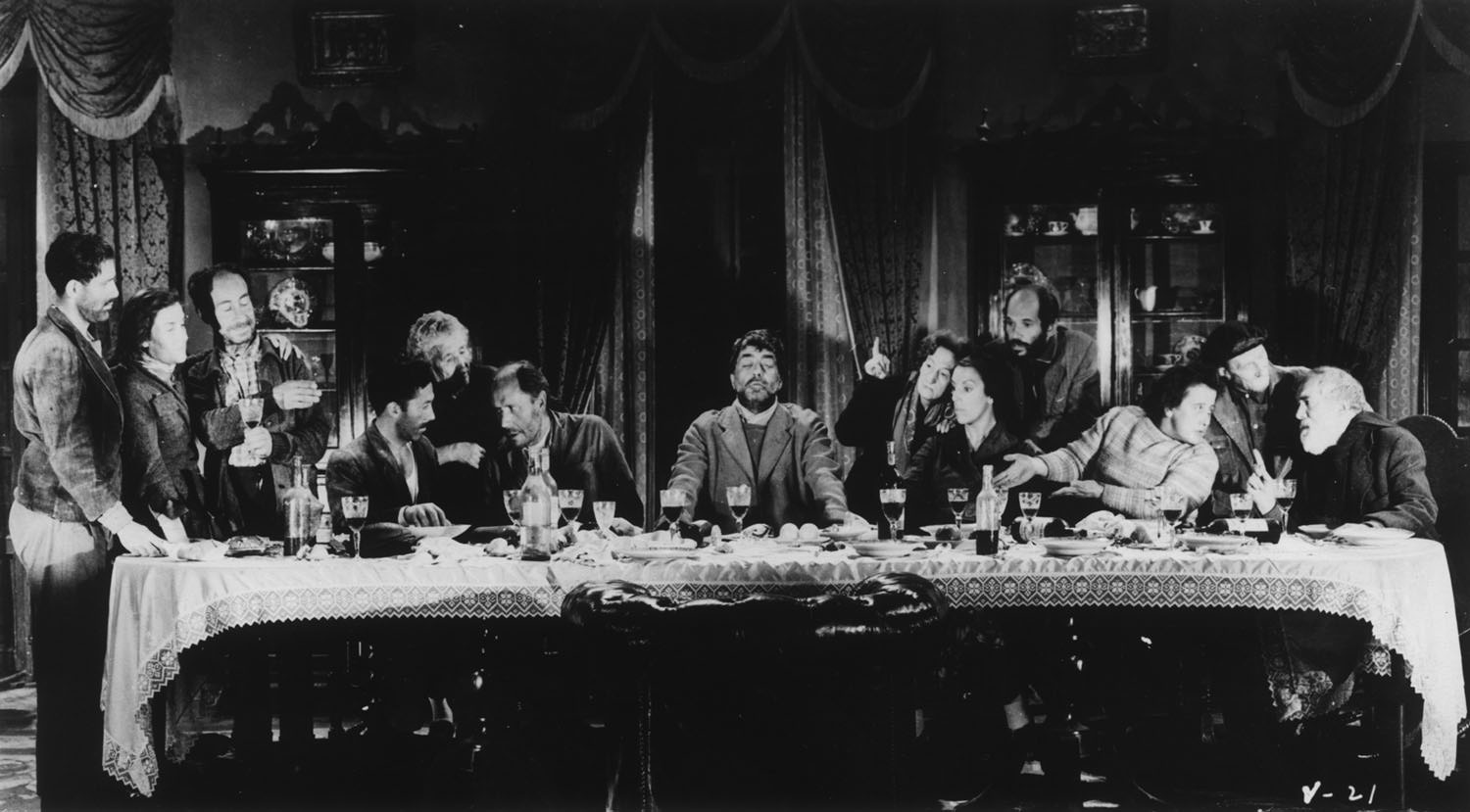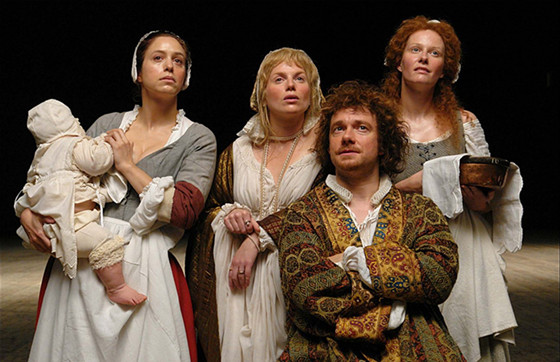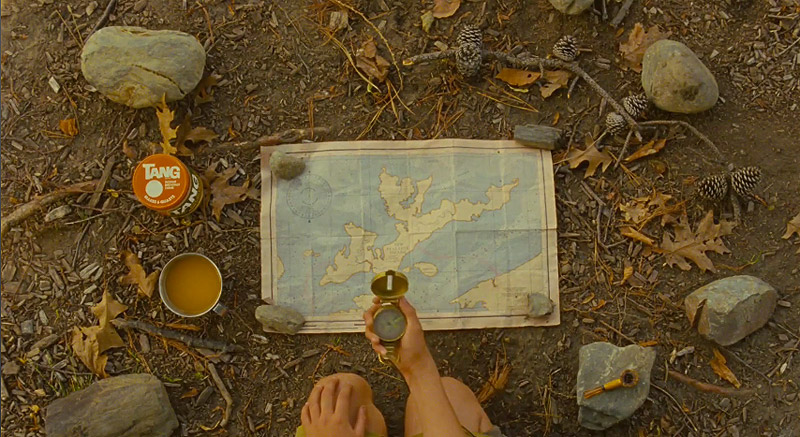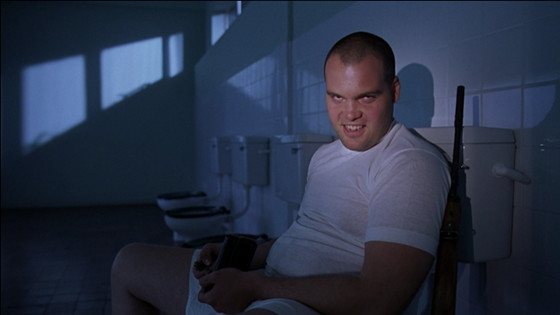Cinema is made possible thanks to the contribution of thousands of artists with different backgrounds, thoughts and visions working together to bring life to an idea, even if it’s just for a moment. Like any artist, filmmakers tend to have ideas that they keep revisiting, consciously or not. This fixation can be anything: a characteristic style, a personal subject, a common tend.
Sometimes they mean something much more intimate, borderline in the fetish even, and are far less obvious. It can be something as complex as the composition of a scene, as haunting as a recurring preoccupation, or as a simple as a lucky charm. The truth is that most of the time an idée fixe have no explanation, but they do exist and cannot be ignored.
1. Lars von Trier and the martyrdom of women
Lars von Triers is one of today’s most controversial directors but also one of the most diverse when it comes to style. His earlier films, such as what is known as the Europe Trilogy (The Element of Crime, Epidemic and Europa) were marked by the amalgamation of elements proper of German Expressionism and science fiction not unseen in that time (Gilliam’s Brazil, Jeunet & Caro’s Delicatessen, for example).
Later on, von Triers embraced the Dogma 95 movement in an attempt to bring realism to cinema, gaining praise with The Idiots and Dancer in the Dark, and slowing drifting away Dogma 95 with Dogville and Manderley, social critiques shot in minimalist soundstages, and relatively conventional but no less provocative productions with Melancholia, Antichrist and Nymphomaniac.
Despite the wild variations of styles, there are many constants on von Triers’ body of work, mostly related to his own personal break view on life and society that is deeply reflected on the treatment of his female protagonists. Von Trier’s lead women tend to be too pure for the flawed societies they are forced to live in and because of it, they sacrifice themselves through pain and humiliation for the sake of the people surrounding them, more often than not the very same people that victimize them.
The clearest example of this is, of course, his Golden Hearts Trilogy (The Idiots, Breaking Waves, and Dancer in the Dark) but shades of this obsession can be traced from his earliest movie, The Element of Crime, where a little girl used as a bait for a serial killer, and is present is virtually present in all of his later production.
2. Luis Buñuel and Catholicism
Raised in early 20th century Spain, Buñuel’s upbringing was deeply marked by his education but not in a way the Jesuit priests that instructed him would have preferred. This iconoclastic director, perhaps the most renowned surrealists in cinema, dedicated himself to mock the shallowness and indifference of society, especially high society, and he used the Catholic Church as the prime example of all human flaws.
In his first time directing in the now iconic film short Un Chien Andalou, the male lead tries to assault the female protagonist, only to be stopped by the weight he carries: a grand piano with a donkey carcass inside and two timid priests, one of them played by Salvador Dali, which pretty much sums up his dim view about religion, society and people in general.
But it truly goes beyond from mere mockery or a reflection of bourgeois complacency, as it appears in L’Age D’Or, The Exterminating Angel and The Discreet Charm of Bourgeoisie, reaching morbid fascination and having the relationship of religion and people being the central topic of Nazarín, Viridiana, Simon of the Desert and The Milky Way. Nazarín and Viridiana in particular present religious workers trying to do good being hindered by the realities and vices of human condition.
Curiously enough, Buñuel played the town priest in En este pueblo no hay ladrones, a Mexican movie made in the 1960’s and based on a short story by Gabriel García Márquez, who also have a cameo.
3. Peter Greenaway and painting
Director of A Zed and Two Noughts, The Cook, The Thief, His Wife and Her Lover, and more recently, Nightwatching. Greenaway’s idiosyncratic style is heavily inspired on his long-time passion on painting, a profession he aspired to before becoming a filmmaker, and the conviction that cinema lacks the attention of detail and mise en scéne of his preferred art. This has made Greenaway to develop a highly formalistic style, centered on highly aesthetic visual composition, making many of his films resembling more to tableaux vivants than traditional cinema.
Painting and art in general, is not something that Greenaway uses as an influence on his style but also in his plots, such as The Draughtsman’s Contract, The Belly of an Architect and Prospero’s Book. Nonetheless, it’s not hard to see Greenaway has a special love for Flemish painters, above other painters and artists.
Allusions to them abound on his movies, such as the Vermeer-obsessed surgeon in A Zed and Two Noughts, the restaurant L’Hollandais displaying a giant painting of Rembrandt on one of its wall in The Cook, The Thief, His Wife, Her Lover and of course, his duology of Nightwatching and Rembrandt’s J’Accouse, both about the history behind of Rembrandt’s Night Watch but in different formats: the former as historical fiction and the latter as a documentary.
4. Wes Anderson and minutiae
Wes Anderson is perhaps one of the most iconic American directors of his generation, but it’s hard to clearly define just one of Anderson’s many notable recurring elements in his body of work. From his colorful aesthetics to his complicated family dynamics, his style may have its detractors but it’s clearly born out of dedication and love. A great example, and perhaps the most notable of Anderson’s fixtures, is his love to reflect trivial and generally unimportant details of his characters and the world they live in. Especially letters, books and maps, usually shown for a brief but focused moment in a centered close-up.
This helps Anderson to add a layer of both, grounded depth and whimsical storybook-like narrative, to his preferred 60’s-early 70’s retro aesthetics that, like what Tim Burton did with the 40’s and 50’s in his earlier features, tends to balance and play with cynicism and idealism of the setting. The most notable demonstration of Anderson’s manic love for minutiae is perhaps New Penzance Island from Moonrise Kingdom.
This reached to a point that, in order to promote the movie, a series of videos were made with the cast detailing some information on the island and its inhabitants, including one just focused on the favorite books one of the protagonists read excerpts of through the film.
Even in Anderson’s college-era fiction writings, especially the bookstore-set short story “Let”, a vast amount of attention goes to the book titles and authors that surround the characters.
5. Stanley Kubrick and bathrooms
More than a movie director, Stanley Kubrick is a milestone in the arts. His movies, few but rich in content, have led decades-long arguments and speculation about meaning. The recent documentary Room 237 makes it clear that despite Kubrick’s demise in 1999, he will be still be a figure of reverence, study and speculation. Some are clearer than others, such as the sexual imagery in Dr. Strangelove or Alex’s satanic undertones in A Clockwork Orange. But perhaps one of the most intriguing recurring motifs in the works of Stanley Kubrick is that negative situations are somehow linked to bathrooms, toilets and lavatories.
Just to name some memorable examples: In Lolita, Humbert’s dairy is discovered by his wife, Lolita’s mother, while he prepares to have a shower. Gen. Ripper, meanwhile, commits suicide in his office bathroom in 1963’s Dr. Strangelove making impossible to get the codes that could avoid a nuclear holocaust. Alex’s identity is revealed to a former victim while singing in the bathtub in A Clockwork Orange, in two different bathrooms Jack is tempted by the ghosts of the Overlook Hotel in The Shining and Gomer Pyle shoots Sgt. Hartman in the lavatories in Full Metal Jacket.
The bathroom, then, may be understood to Kubrick as a place where all facades are removed, leaving only a sentiment of human vulnerability.
